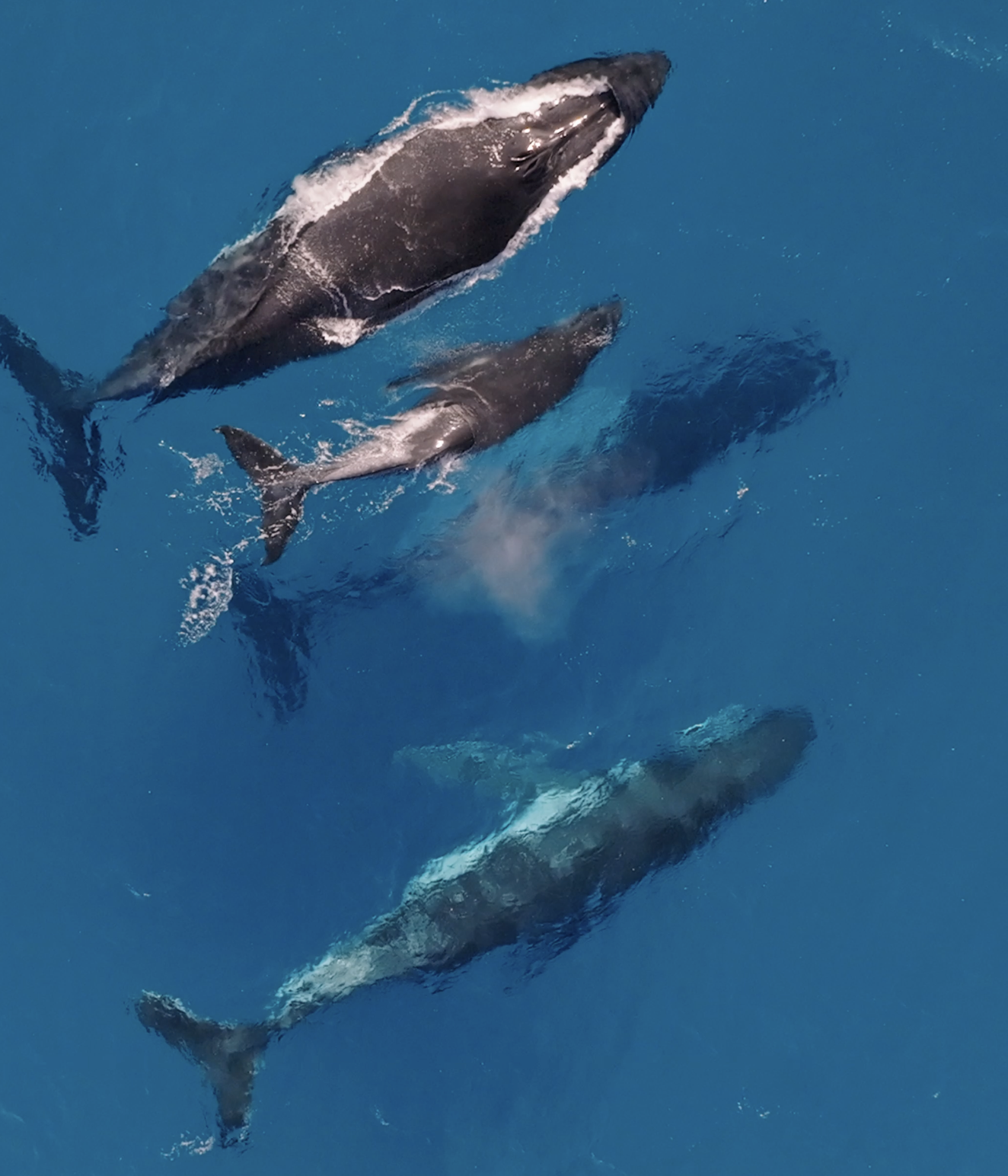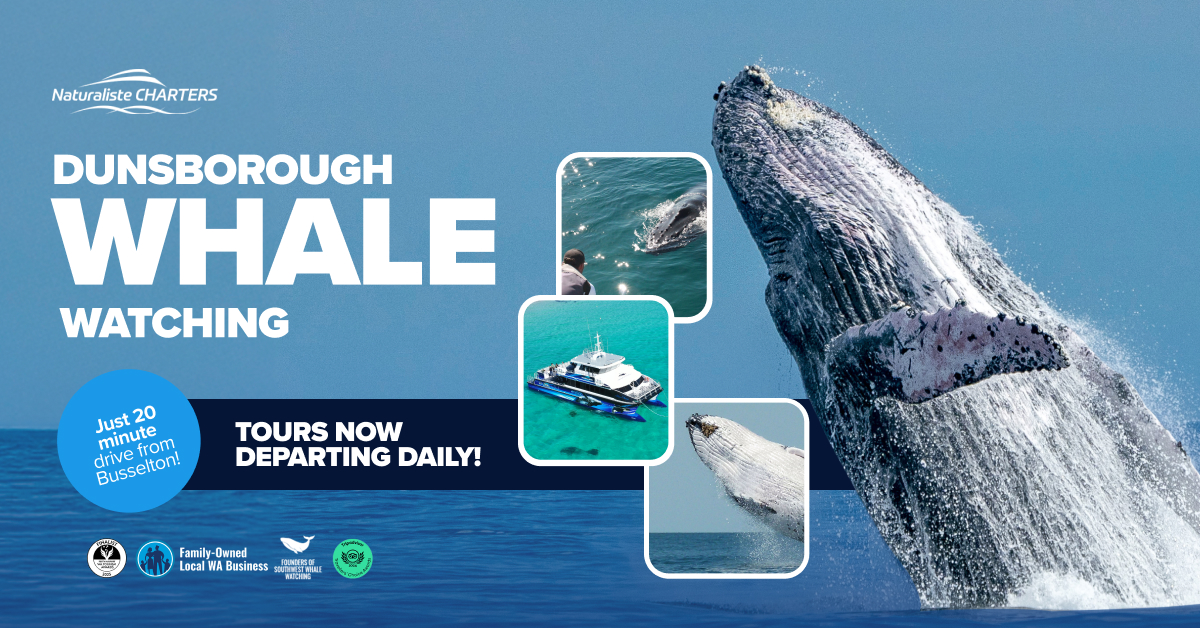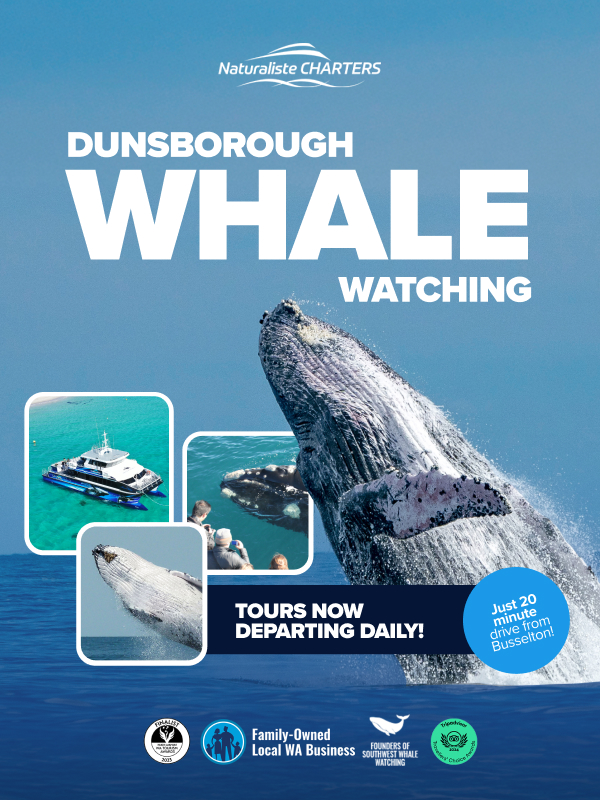Life underwater is no easy feat. Not only do you need to survive extreme temperatures such as freezing cold but there is an imminent presence of Earth’s most dangerous creatures and also extreme weather conditions! The Southern Ocean is one of the most extreme and unforgiving places in the world! However, here is where we find some of the most extreme diving whales.
So how does an animal not only survive here, but thrive? While we’re down here, we will answer the question “How deep can whales dive?” We’re about to take a *deep dive* into all this and so much more!
Different whales and their dive depths
Each species of whale has a different diving depth. This is due to their evolution and physiology. Some whales physically cannot go deep!
A routine Killer Whale dive is about 100 metres but they have been known to reach depths of up to 1000m! The Bremer Bay Killer Whales in Western Australia have been recorded at a maximum depth of 900m. This dive lasted approximately 15 minutes.
Other baleen whales such as Humpbacks and Blues are only diving to 200 metres. This is because their food, plankton and krill, will not be found any deeper. This food source needs sunlight to grow so it will sit in the “photic zone” which is 0-200m deep.
A whale’s diet however is what drives it to those certain depths. For example the Cuviers Beaked Whale dives so deep to find an abundance of squid! Same with Sperm Whales.
How can whales and dolphins breathe under water?
Whales and dolphins are marine mammals. They share many features with us! For example, they give birth to live young, nurse with milk and also breathe air. They must spend time at the surface because they HAVE to breathe. Unlike fish, who have evolved gills, marine mammals’ gills utilise dissolved oxygen in the water to survive.
Whales have not developed gills, only giant lungs plus a few other physiological adaptations to help them out!
A whale’s breath-hold can range anywhere from about fifteen minutes up to over 220 minutes. They breathe using either one or two holes which are called “blow-holes”. This is our equivalent to nostrils. They are located on top of their heads. The blow-hole can be protected from water by a splash-guard! This is a raised area right before the nostrils which pushes water up and away. Not all whales will have this but the majority of larger whales such as Blues and Humpbacks will feature this.
Deepest diving creatures
The deepest diving whale is called a Beaked Whale. One species called a Cuviers Beaked Whale can dive deeper than most other animals. It has been recorded at 2,992 metres!!! This means it also takes out the record for deepest diving mammal. Down here, you could find a zombie worm or even a vampire squid.
The deepest part of the ocean is the Mariana Trench which is 10,994 metres. On the way down there will be various squid and fish among other alien-like creatures who live in permanent darkness.
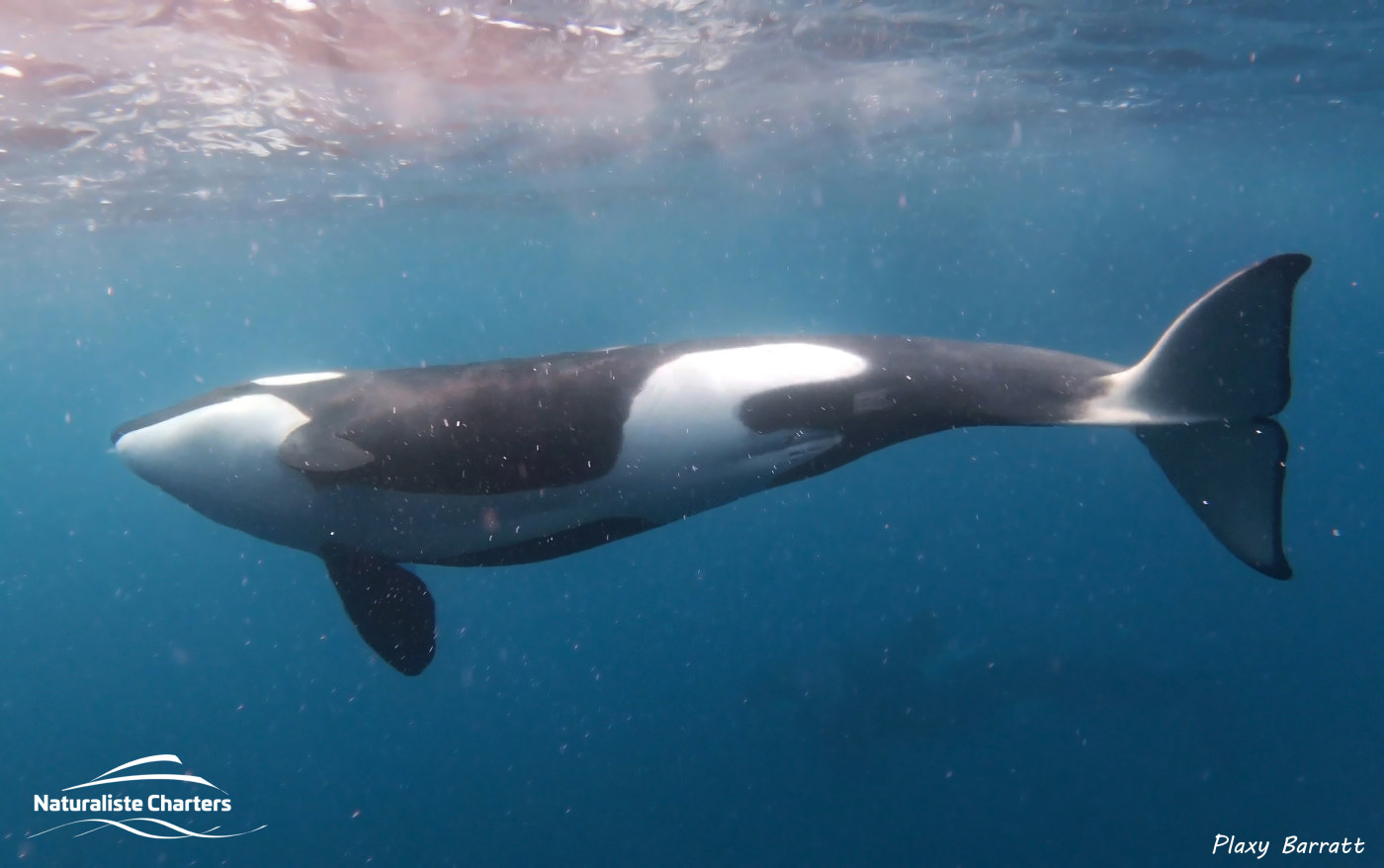
How can whales dive so deep without being affected by the pressure?
At 1000m there is 100 times the pressure than at the surface. Whale’s will collapse their lungs and exhale over 90% of their lung capacity right before a dive. This will reduce air space and therefore the pressure. Once the lungs are down to a solid organ, the dangers associated with deep diving are greatly reduced!
They shut down organ function such as kidneys, liver and digestion, limit blood flow out of extremities to solely the brain, heart and muscles.
Since they have very little oxygen in their bodies their buoyancy is reduced so they simply glide down towards the bottom of the sea, without moving a muscle. Deep diving whales have very thick blood, which carries a much greater percentage of oxygen around. This means that while they are diving they can ‘sip’ oxygen from their muscles as required.
Decompression sickness or the bends affects humans as it does diving mammals. Nitrogen narcosis is avoided since the whale’s lungs do not continually transfer gases into the blood. This is all done at the surface when it is safe.
Can whales lungs collapse?
Yes they can. As the whale dives and descends from the top 50 metres of water the lungs will shrink down. Oxygen is pushed into the small alveoli and forces gas into the bloodstream. The lungs effectively collapse. This needs to happen as the lungs are the largest gas space in marine mammals. Some species have also been found to “collapse” their ribs into the cavity space to assist with this. The pressure in the lungs would be too great and stop the whales from diving any deeper! Then they would be no better than we are.
Can a sperm whale dive deeper than a submarine?
Yes! The deepest military submarine was recorded at 850 metres deep. Meanwhile a sperm whale can swim down to 2250m.
A purpose built submarine, such as the ones created to get to the Challenger Deep (in Mariana Trench) can out swim a sperm whale. These submarines are of a Moon Landing equivalent! Just as daunting to build and the pilot life is completely at “the mercy of the sea”.
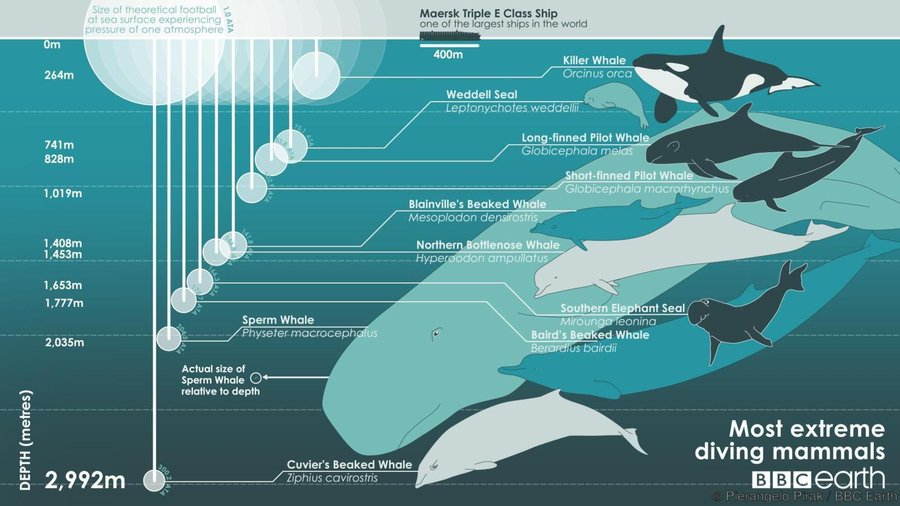
| Species | Dive Depth | Breath Hold |
| Human | 250m | 24 Minutes |
| Submarine | 850m | – |
| Orca | 900m | 15 minutes |
| Sperm Whale | 2250m | 90 minutes |
| Cuvier’s Beaked Whale | 2992m | 222 minutes |
Check out this really fun website to see how deep whales can dive (and all other animals too): https://neal.fun/deep-sea/ Spoiler alert: You might have to scroll a bit to find the sperm whale!
If you are keen to know more about the underwater life of whales and their deep diving abilities, you should head into the wild to see them in action!
There aren’t too many places around the world where you can see these animals all in one spot. Sperm whales, beaked whales and killer whales tend to aggregate around canyon systems and deep sea trenches.
A reliable spot to observe these animals is in Bremer Bay, Western Australia. Naturaliste Charters are the pioneers of expeditions here and have been operating for almost 10 years here! Throughout the months of January to April, you can observe a consortium of deep diving whales, especially the Killer Whales. They aggregate in this area for summer feeding and socialising. A spectacle not to be missed! To book tours or find out more information follow the link to Naturaliste Charters website: naturalistecharters.com.au!


